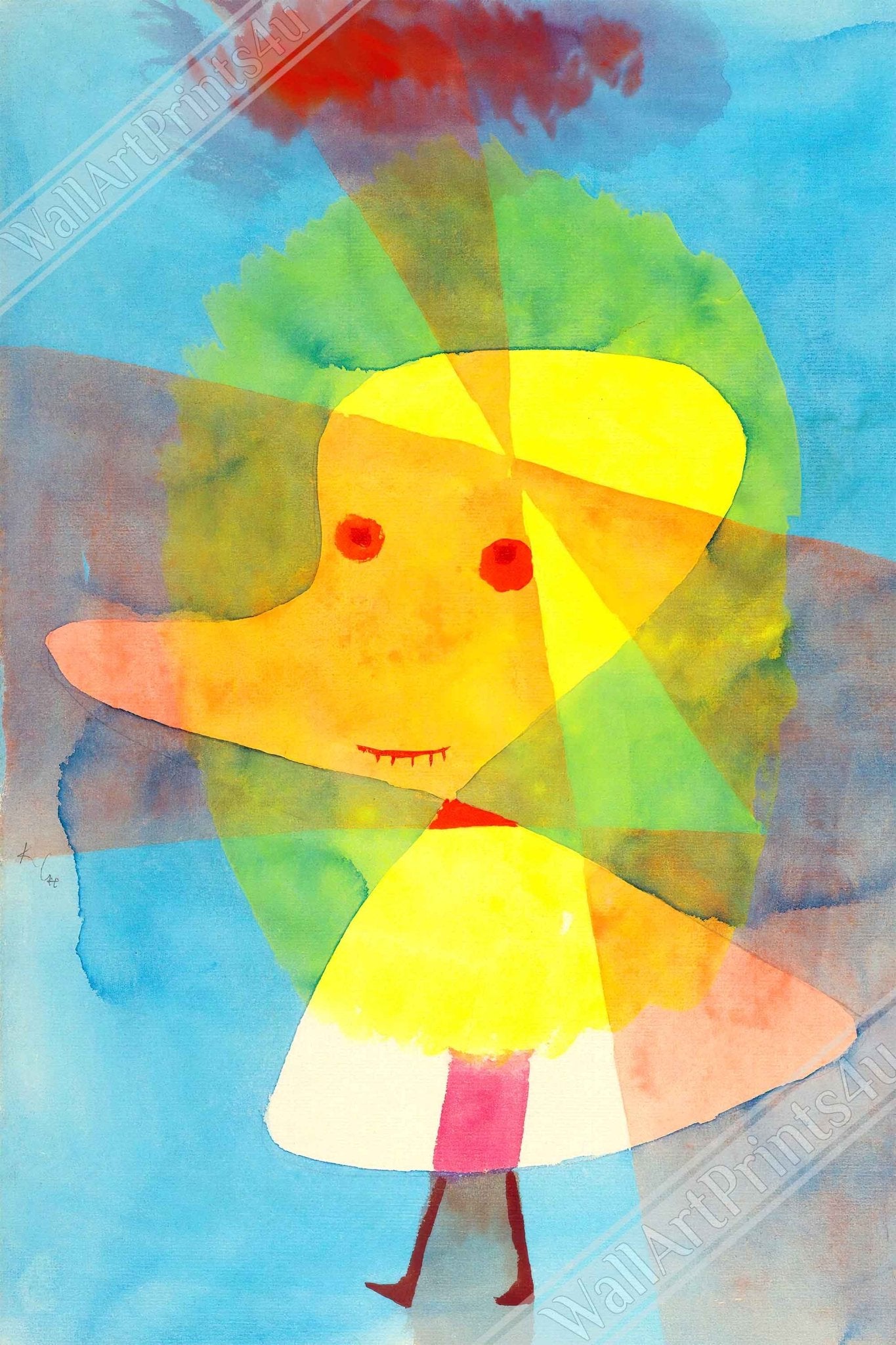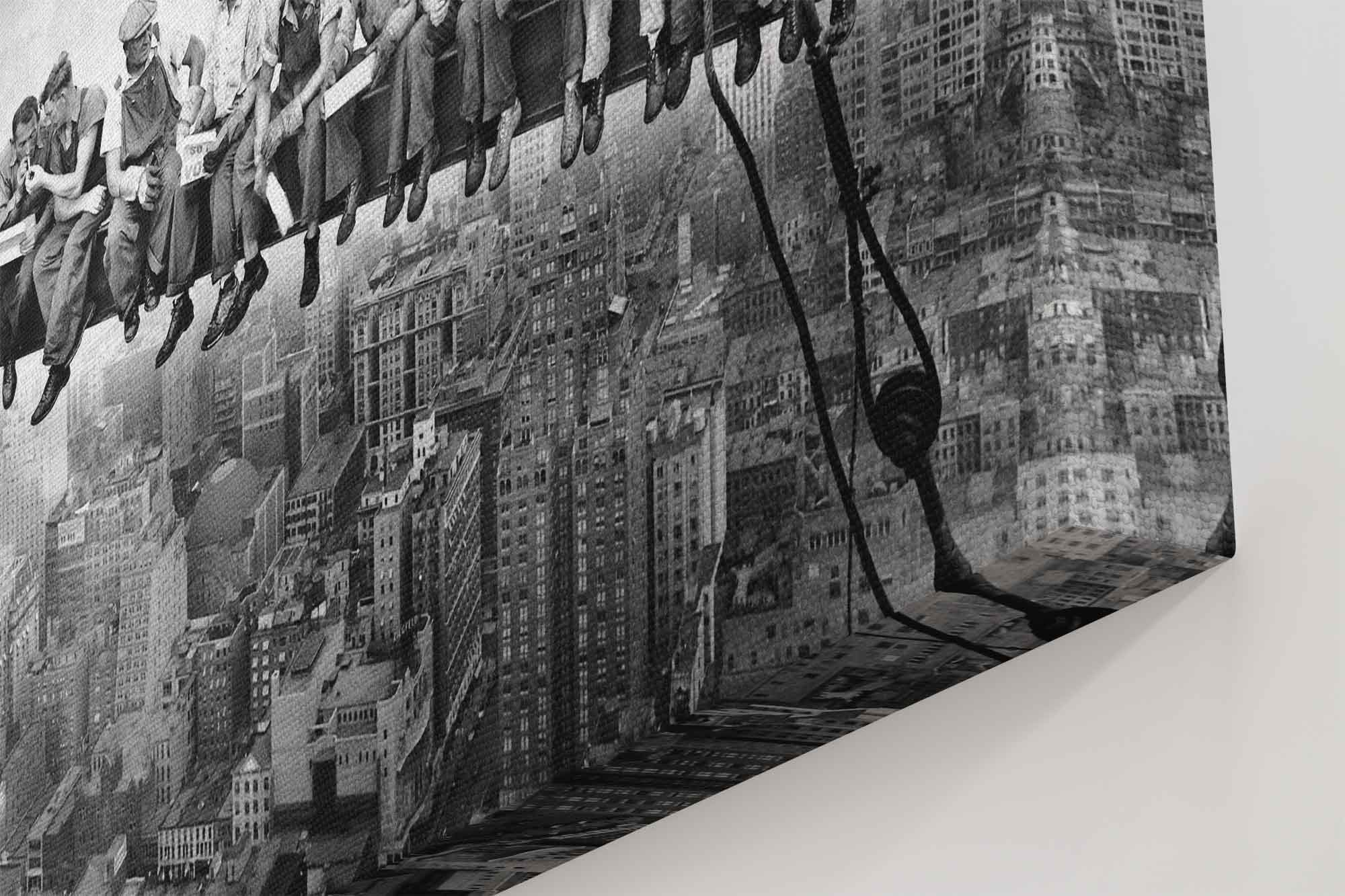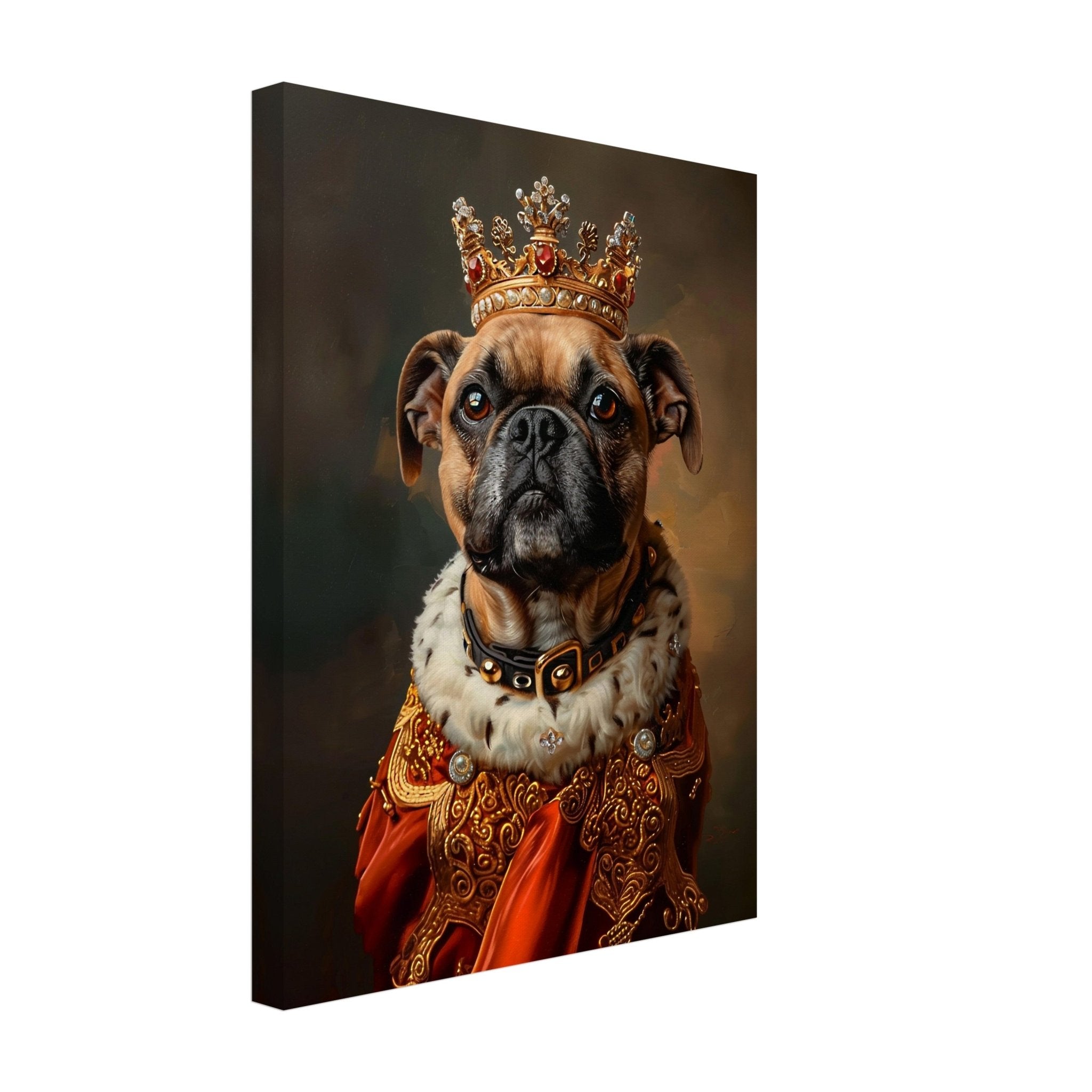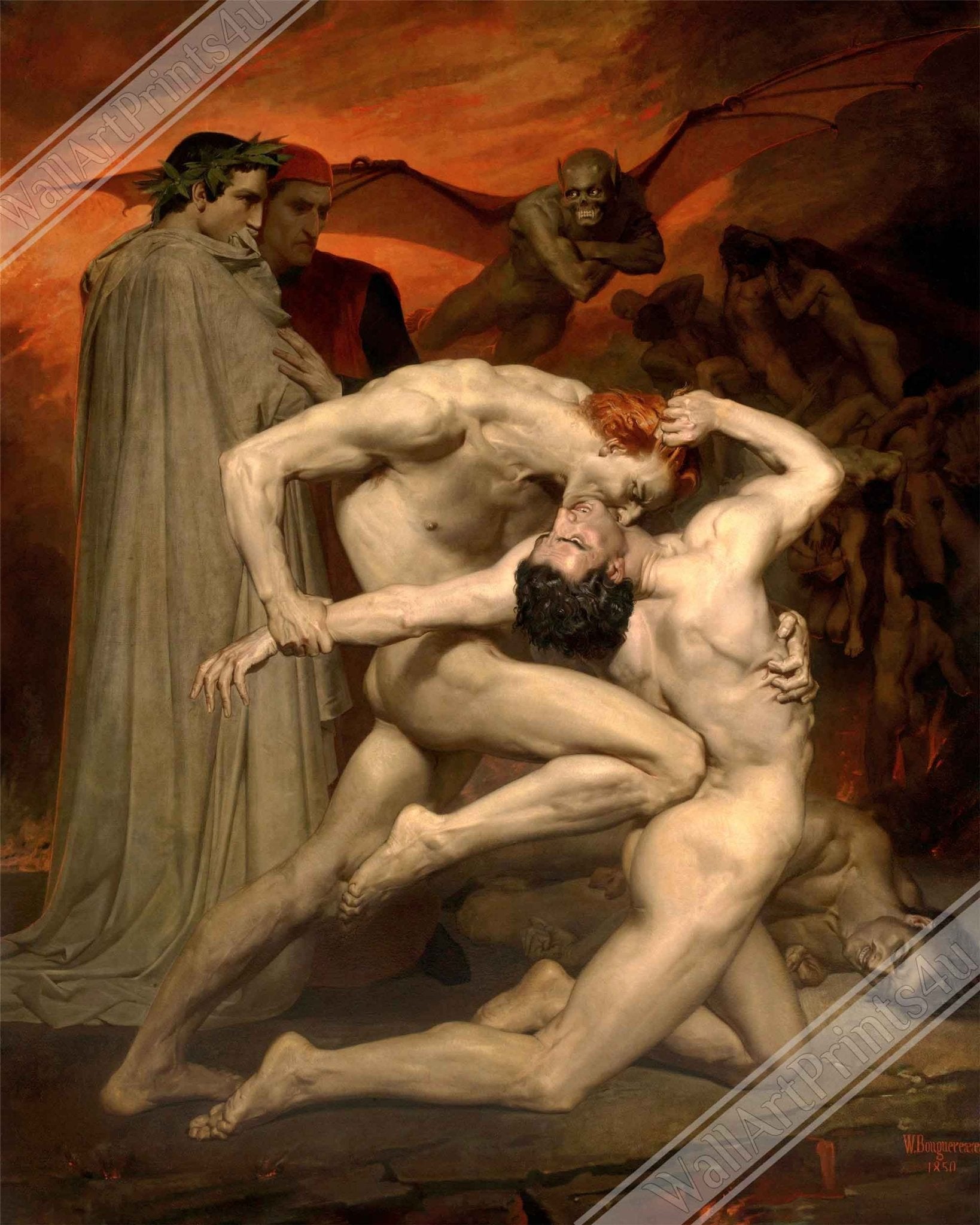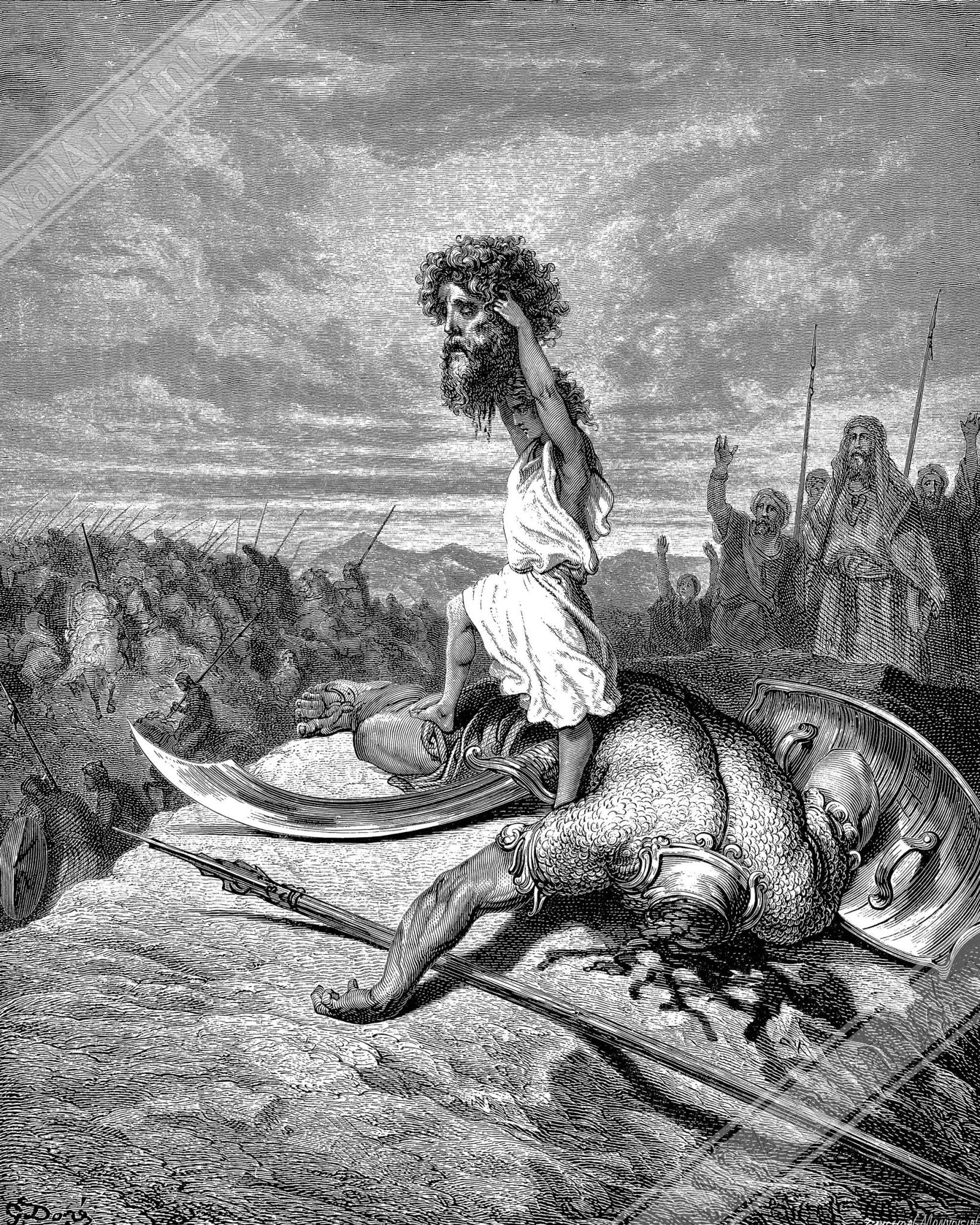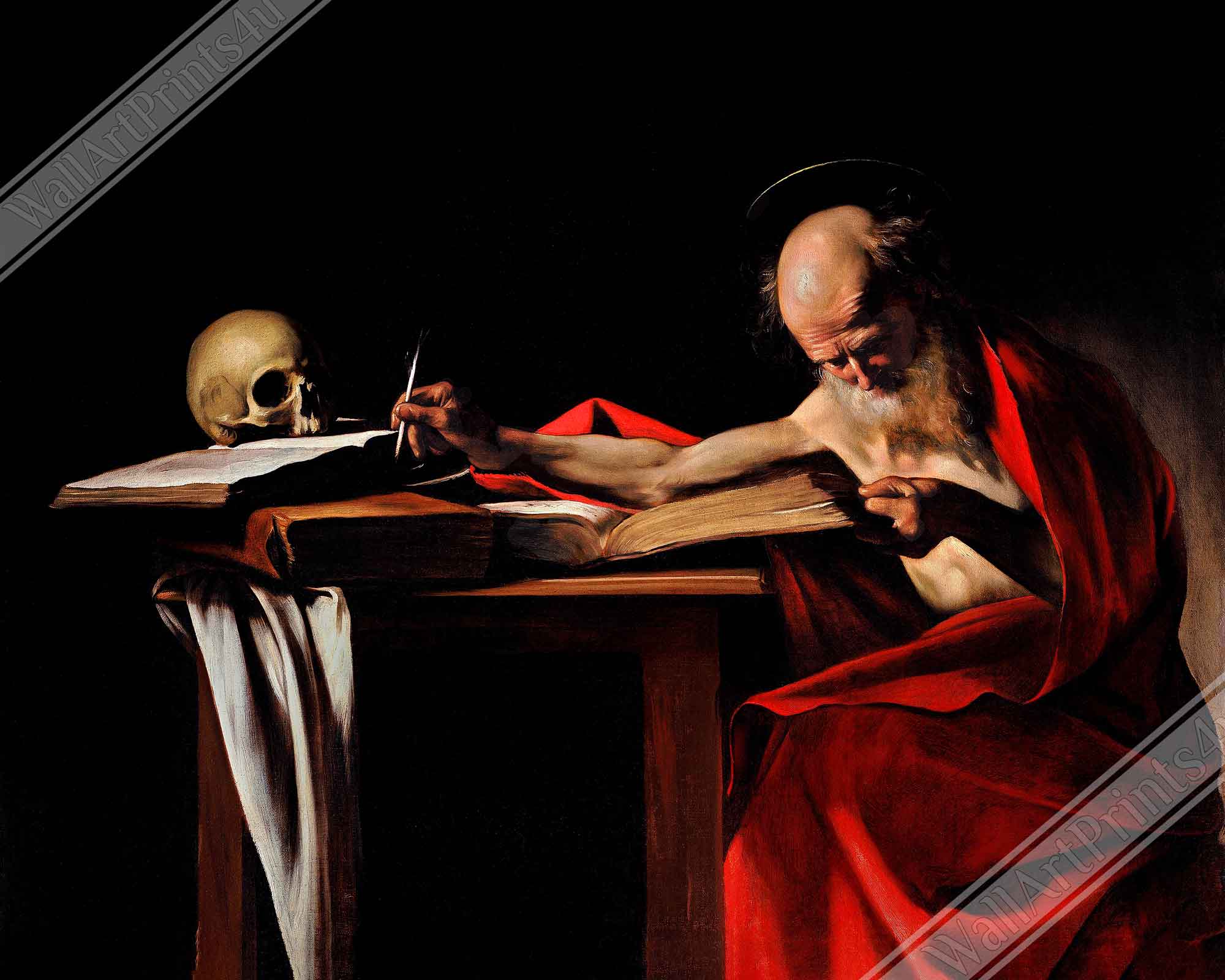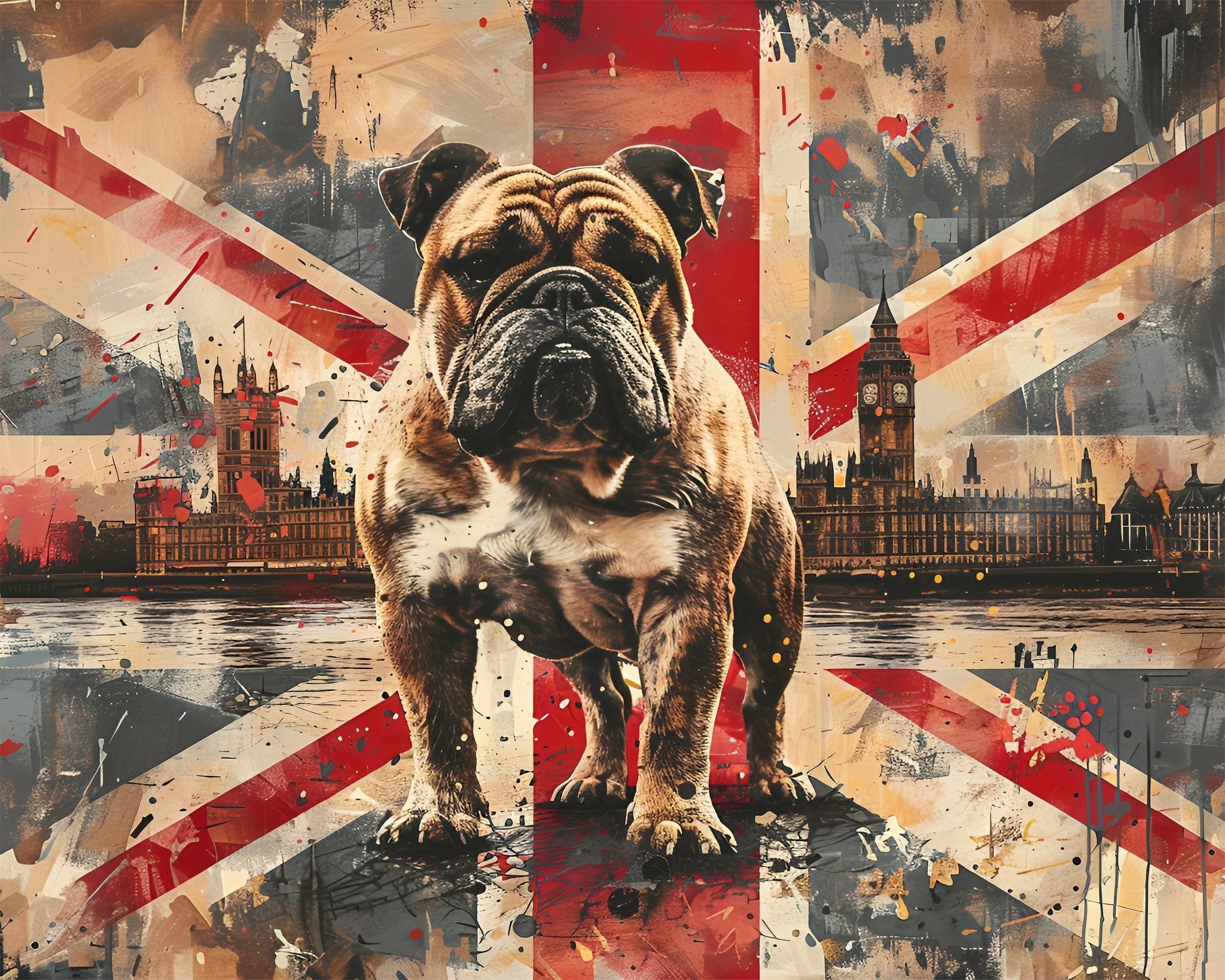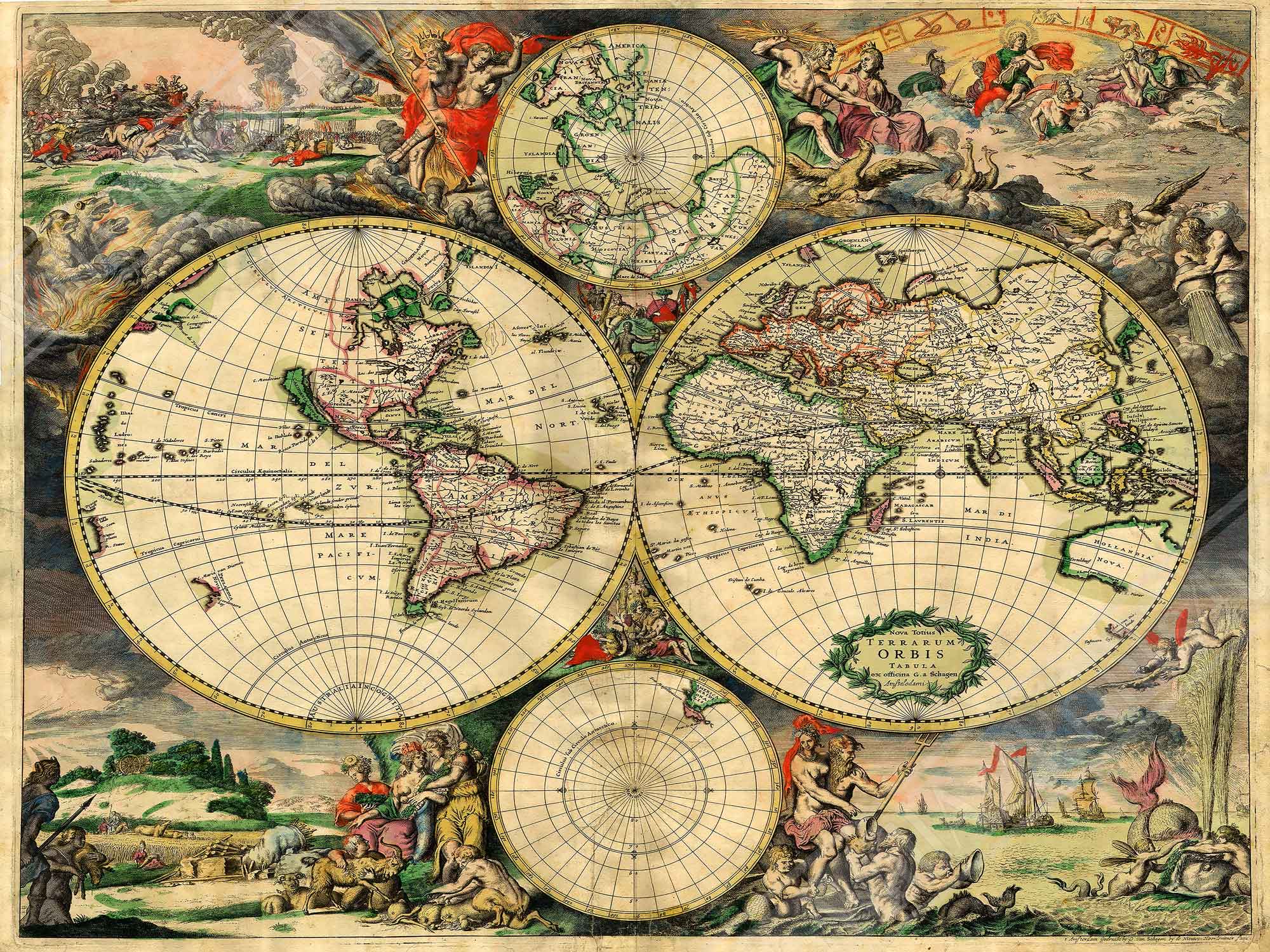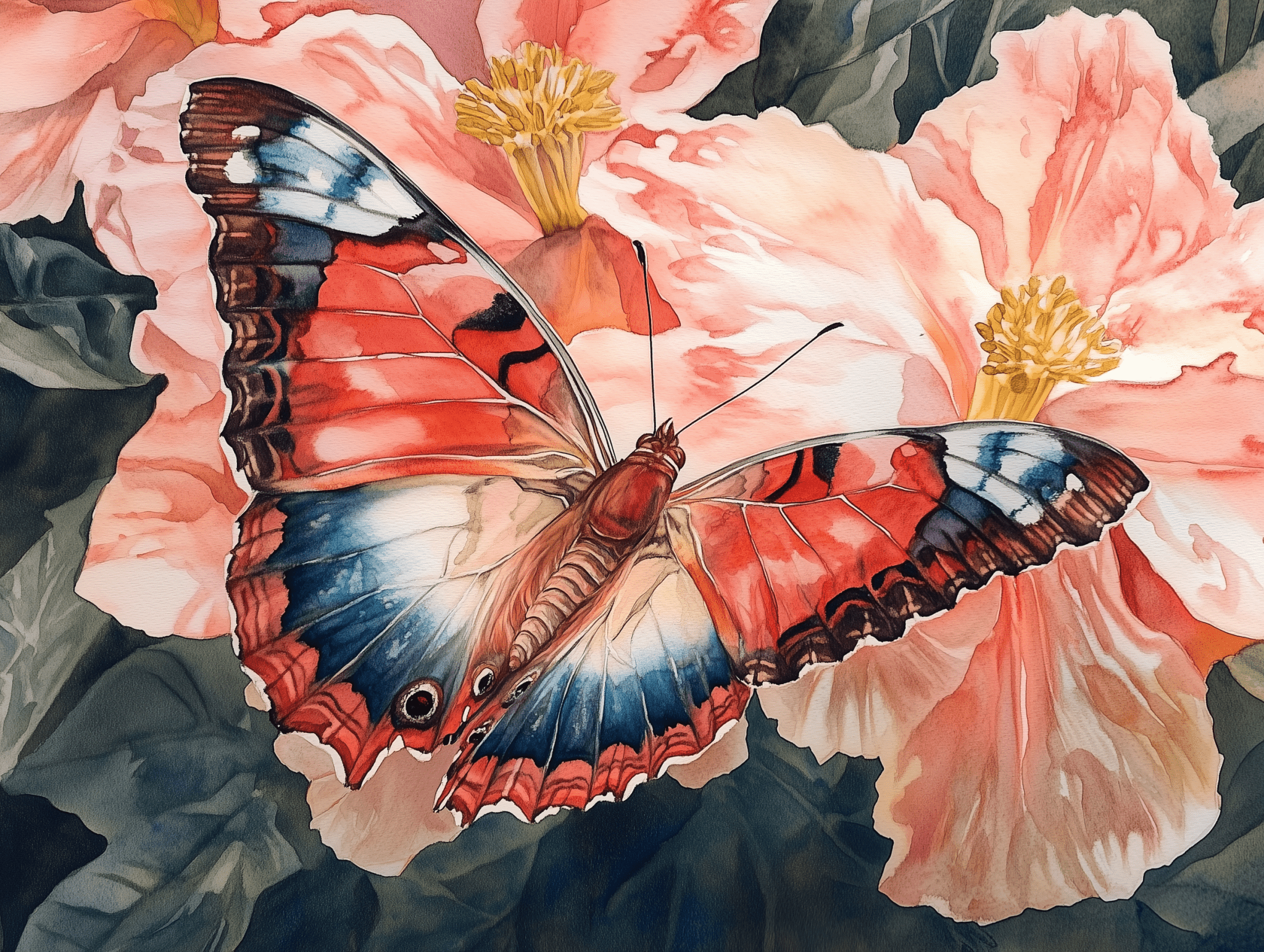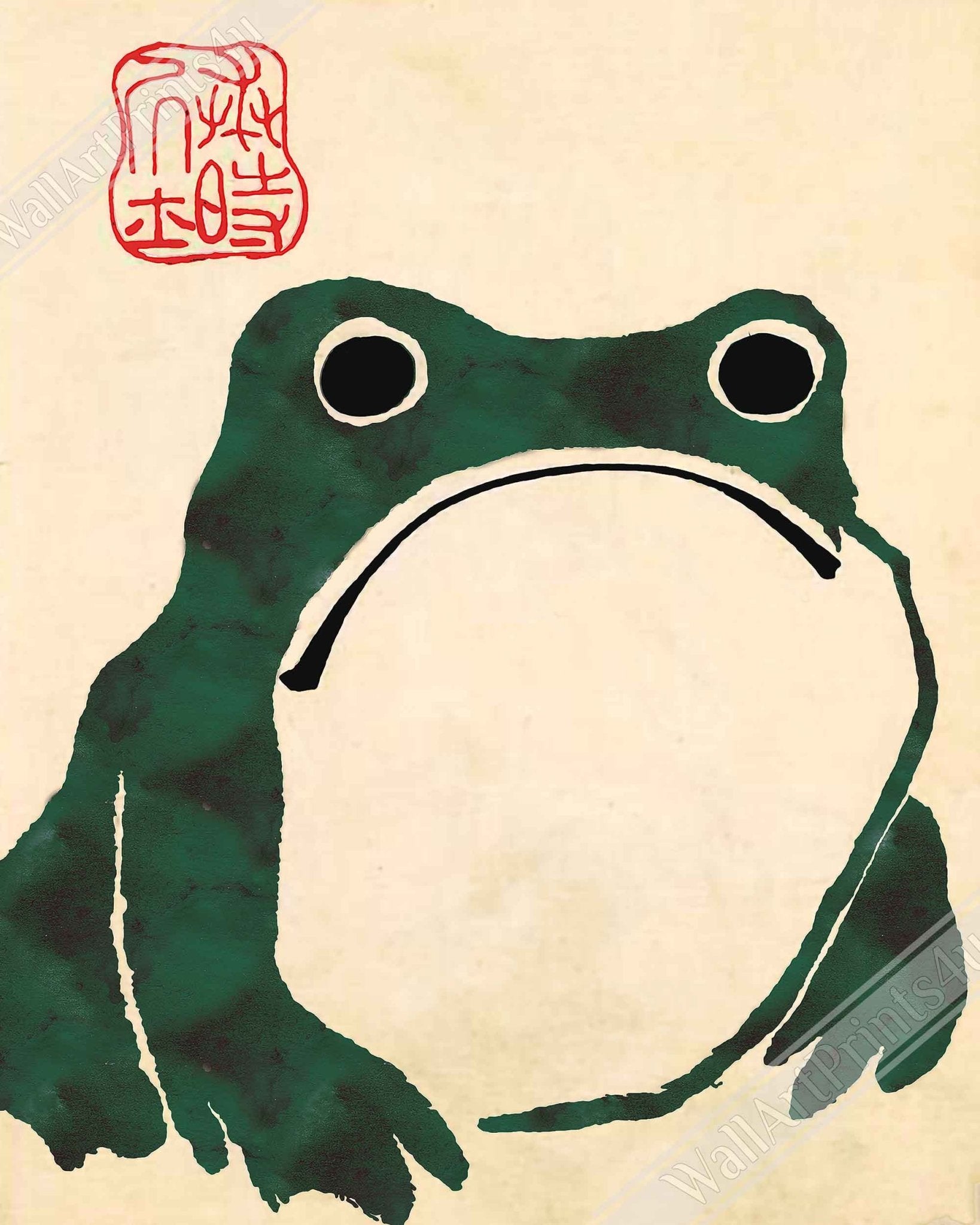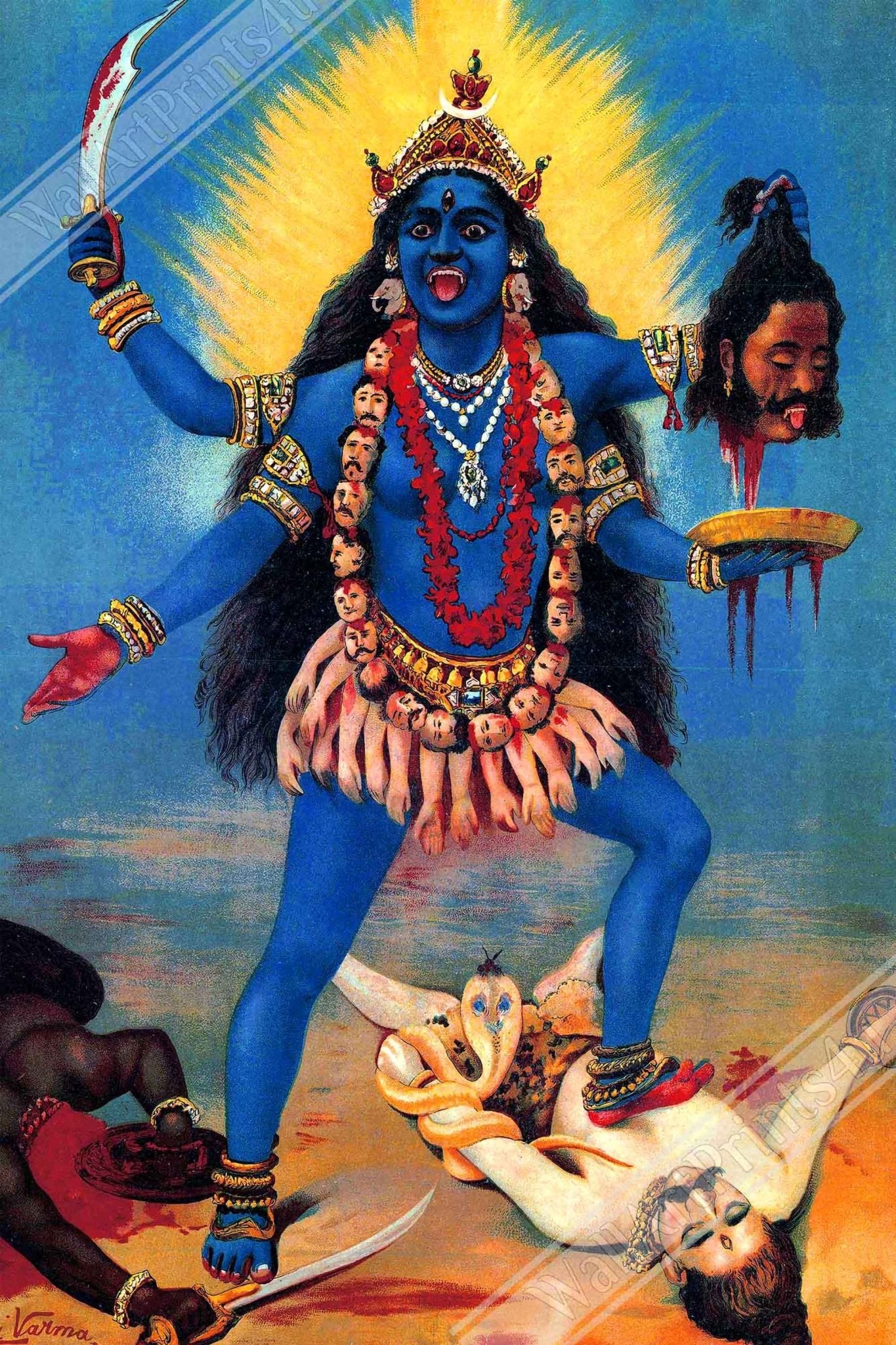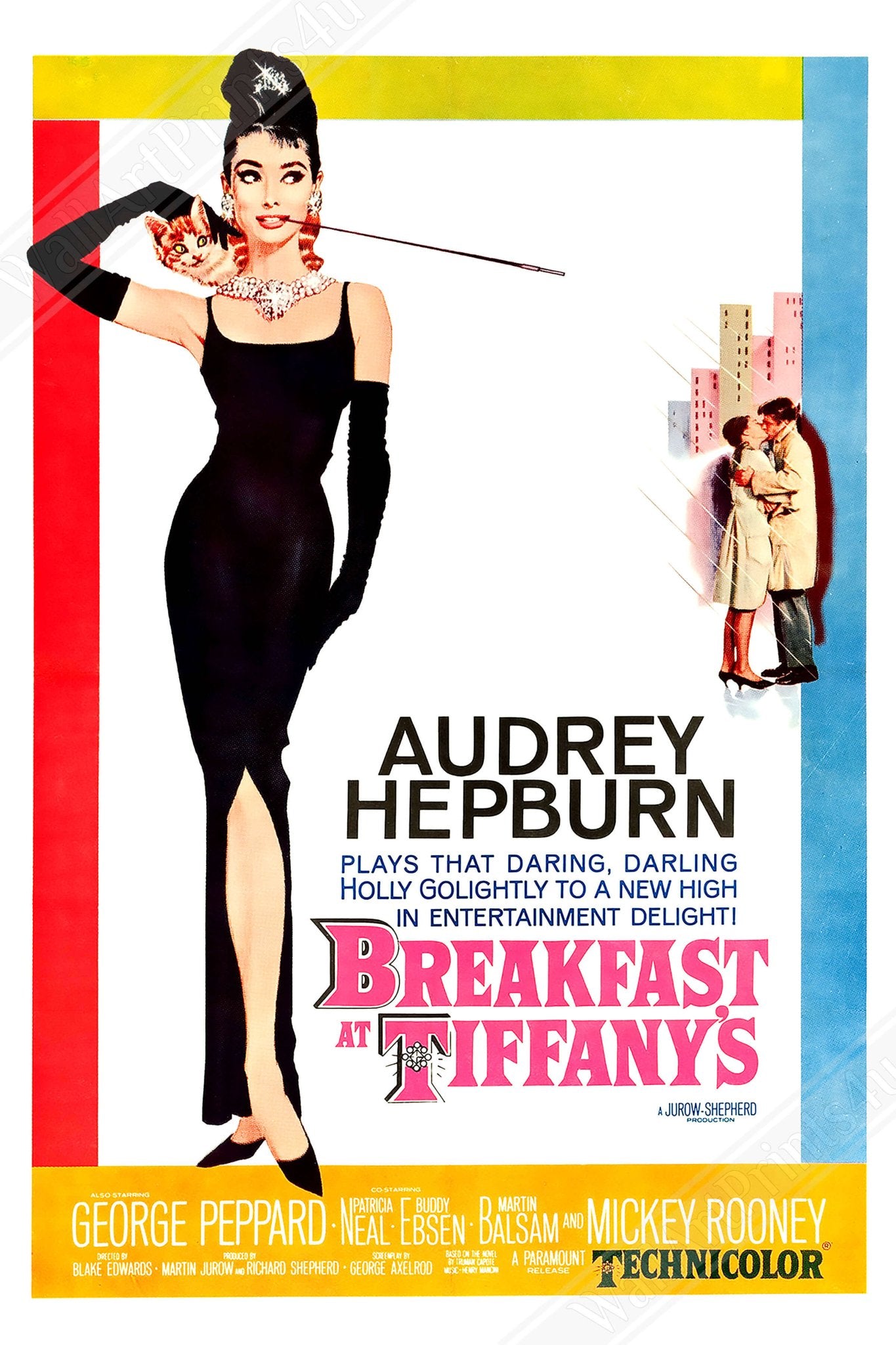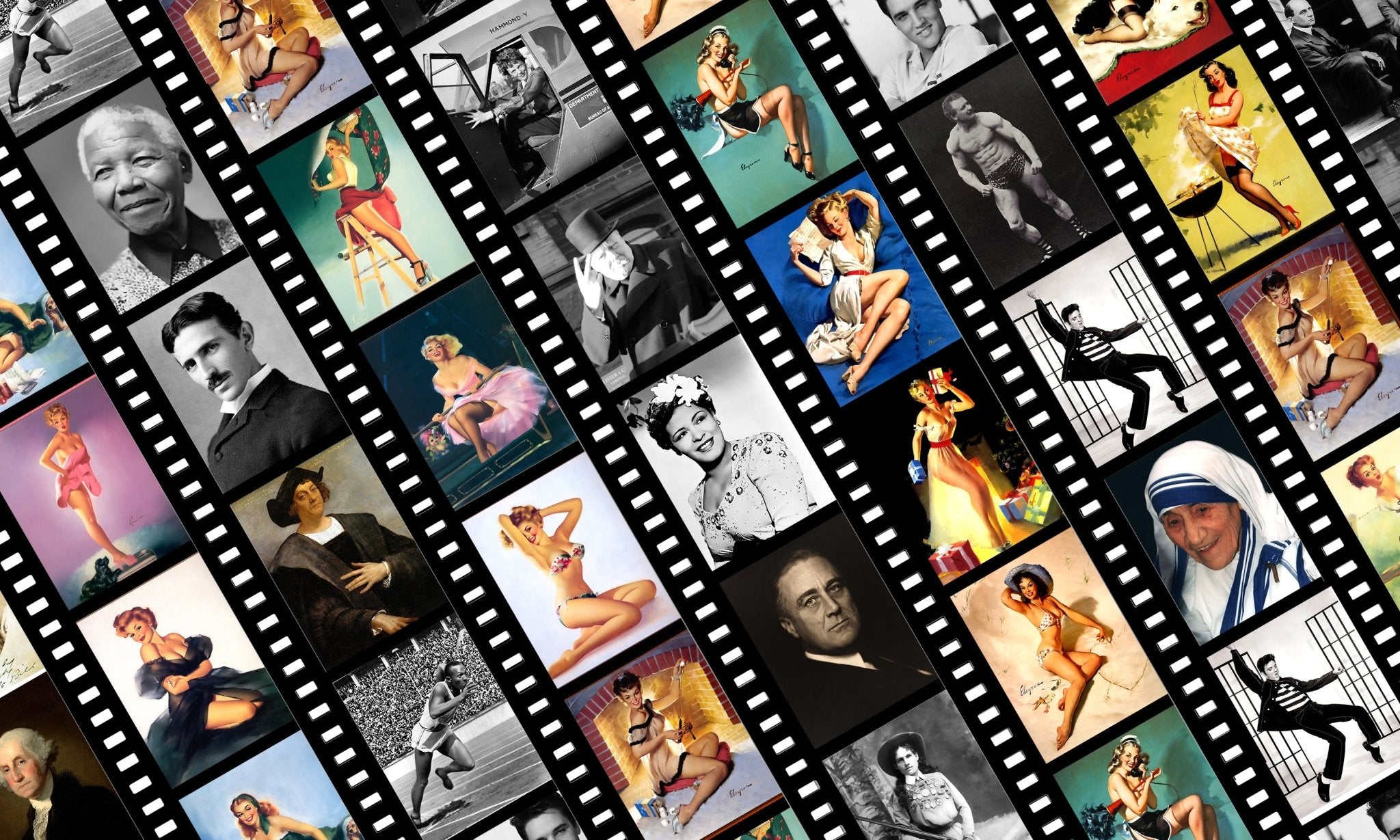Some paintings are more than just brushstrokes and color—they’re puzzles, messages, or even warnings. Throughout history, artists have embedded secrets, symbols, and hidden narratives in their work, waiting to be uncovered by curious viewers. In this post, we’ll look at 7 famous paintings with layers of meaning beneath their surface.
1. The Arnolfini Portrait – Jan van Eyck
At first glance, it’s just a couple standing in a room. But historians believe this 1434 masterpiece is actually a marriage contract, with the couple holding hands as a priest (reflected in the mirror) witnesses their vows.
✔ The mirror shows two more people—one possibly van Eyck himself
✔ The dog symbolizes loyalty; the fruit = fertility
✔ Every object is a carefully chosen clue
2. The Last Supper – Leonardo da Vinci
Da Vinci’s famous religious scene may contain musical notes encoded in the placement of hands and bread, as well as possible references to Mary Magdalene rather than just the apostles.
✔ Some theories say the painting tells a second story
✔ Mathematical precision + spiritual symbolism
✔ Repeated references to the number 3 (holy trinity)
3. The Garden of Earthly Delights – Hieronymus Bosch
This surreal triptych is filled with dreamlike symbolism, strange creatures, and moral warnings. Some believe it's a spiritual roadmap, while others think it’s a psychedelic fantasy centuries ahead of its time.
✔ Hidden sheet music on a sinner’s backside
✔ The center panel may represent humanity’s temptation
✔ The left/right panels show paradise and punishment
4. Primavera – Sandro Botticelli
What seems like a gentle springtime celebration is actually a complex mythological story involving love, fertility, and cosmic alignment.
✔ Venus, Mercury, and the Three Graces represent celestial order
✔ Zephyrus abducts Chloris, who transforms into Flora
✔ Interpreted as both pagan celebration and political allegory
5. The School of Athens – Raphael
This painting is a who's who of philosophy—but some of the characters may be portraits of Renaissance artists disguised as ancient thinkers.
✔ Plato = Leonardo da Vinci
✔ Heraclitus = Michelangelo
✔ Self-portrait of Raphael hidden in the corner
6. The Ambassadors – Hans Holbein
This double portrait seems ordinary until you notice the distorted skull stretching across the foreground—a technique called anamorphosis, revealing a hidden “memento mori” when viewed from the side.
✔ Objects = worldly knowledge (instruments, books, maps)
✔ Skull = reminder of death
✔ Crucifix half-hidden behind curtain = spiritual salvation
7. The Creation of Adam – Michelangelo
Famous for the outstretched fingers of God and Adam on the Sistine Chapel ceiling, the background may be shaped like a human brain—a nod to divine intellect.
✔ God wrapped in a brain-shaped shroud
✔ Suggests human intelligence is divine
✔ One of the boldest hidden messages in Renaissance art
Closing Thoughts
From cryptic symbols to disguised faces, famous artists have hidden messages in plain sight for centuries. Next time you look at a classic painting, ask yourself: what’s the artist really trying to say?

